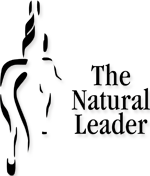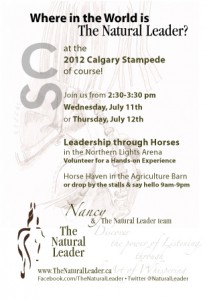 “most of us are taught to think of experience as coming from the outside in, psychology and neuroscience shows fairly dramatically that experience mainly comes from the inside out. We each created our own experience and therefore, people involved in the same event can have very different observations, thoughts, feelings and wants about that event.”1 Gervase Bushe
“most of us are taught to think of experience as coming from the outside in, psychology and neuroscience shows fairly dramatically that experience mainly comes from the inside out. We each created our own experience and therefore, people involved in the same event can have very different observations, thoughts, feelings and wants about that event.”1 Gervase Bushe
Over the past year I’ve had the good opportunity to work with a number of teams from the oil and gas industry. All the organizations they work for state they operate in a culture of safety, but watching people in action gives you a better sense of compliance versus a safety mindset. Safety isn’t about what not to do, but rather about how to do something safely.
Working from the “inside out”2 is a concept that shows up very clearly when working with a horse. “Never walk behind a horse.” advice almost everyone seems to be able to provide, but a perspective that relates more to how we walk behind a horse than whether we should. Evolution has provided horses with panoramic vision so their range of sight is almost 360 degrees, they absolutely can see you. Acutely aware a horse reads their measure of safety not only from the physical surroundings but through the actions of others, so how we walk behind them does make a difference.
While it isn’t always easy to tell where a horse is looking, their eyes are on the side of their head, a good indicator of where their focus of attention is are their ears. A horse’s body language will indicate their level of concern, in effect they let us know exactly what they are thinking.
In comparison our physiology restricts our peripheral vision limiting what we see to that which is in front of us and we also often falsely believe that we are good at keeping our thoughts to ourselves. A truth that clearly defines itself when we consciously prepare for the “what if’s” about working around a horse, the more likely we unknowingly wear what we are thinking. Horses have taught me a lot about safety.
While Bushe is exploring experience through the lens of the organization his findings of workplace experience is no different that what horsemanship suggests, our thoughts influence our actions. How we respond to what is presented, or how we interpret our safety, the impact is the same, others see what we miss and actions can easily be misinterpreted.
Just as Bushe suggests the more conscious we are of our own personal safety, the more likely our thoughts translate into unintended actions, perhaps we get hesitant, move slower or have a rigidness to our posture. While we may be thinking “I’m just being careful.” our body language changes the experience for someone else.
Telling someone what not to do without information about why is no different then telling someone to not be afraid around the horse. A useless piece of advice without the why. Information helps us develop the awareness we need to be safe through our actions. The more open the dialogue is around safety versus a checklist of what not to do the more likely people gain comfort and competence to create the culture of safety.





